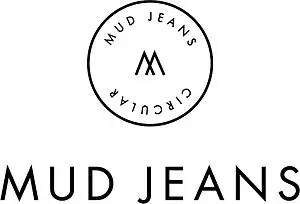Ecochain Helix is customized to work for your business use case. Which is why we provide custom pricing options for each business.
Gain insights to create cost-efficient, verified LCAs and EPDs
Ecochain Helix is designed for companies with multiple factories to measure the environmental impact of their product portfolio on a large scale.
Book a demoHow Ecochain Helix works
-
1. In-depth impact hotspot analysis
The digital twin of your manufacturing process
Ecochain Helix lets you compare the impact of your production processes side-by-side. Identify hotspots and make sustainable adjustments to the way you manufacture your products.
-
2. Environmental footprints at scale
Footprints for your entire product portfolio, all at once
With Ecochain Helix, you can generate insights into the environmental performance of your entire product portfolio. Compare different products, and create hundreds of LCAs at once.
-
3. Modeled on activity-based footprinting
Activity-based footprinting method
Ecochain Helix uses a unique allocation method. Activity-based Footprinting first assigns an organization’s material and energy use (instead of costs) to its production processes (activities) and then to its accurate related outputs: your products and services. After doing so, LCA algorithms conduct integrated environmental footprint calculations on your company, process, and product level.
Why Helix is your LCA software for LCAs at scale
Less than 50€ per LCA
Reduce your product LCA costs by switching from consultants to our LCA software. Stop paying thousands of euros and reduce costs to less than 50€ per product LCA.*
Up to 99% faster than consultants
Analyze LCAs at scale faster with our LCA software. For every 1 product LCA a consultant tackles, Ecochain Helix makes 500 in 3 months.*
97%+ accuracy with software ease
Dreaming of consultant-level LCA accuracy without the consultant fees? Ecochain Helix delivers 97%+ accuracy with software ease.*
*According to our internal benchmark
Ecochain Helix top features
Multi-level insights
Shareable results (PDF)
Portfolio hotspots analysis
Compare & Experiment
Questions?
Explore if Ecochain Helix is the right solution for you. Book a call with our sustainable business specialist, Irem.
Schedule a call













